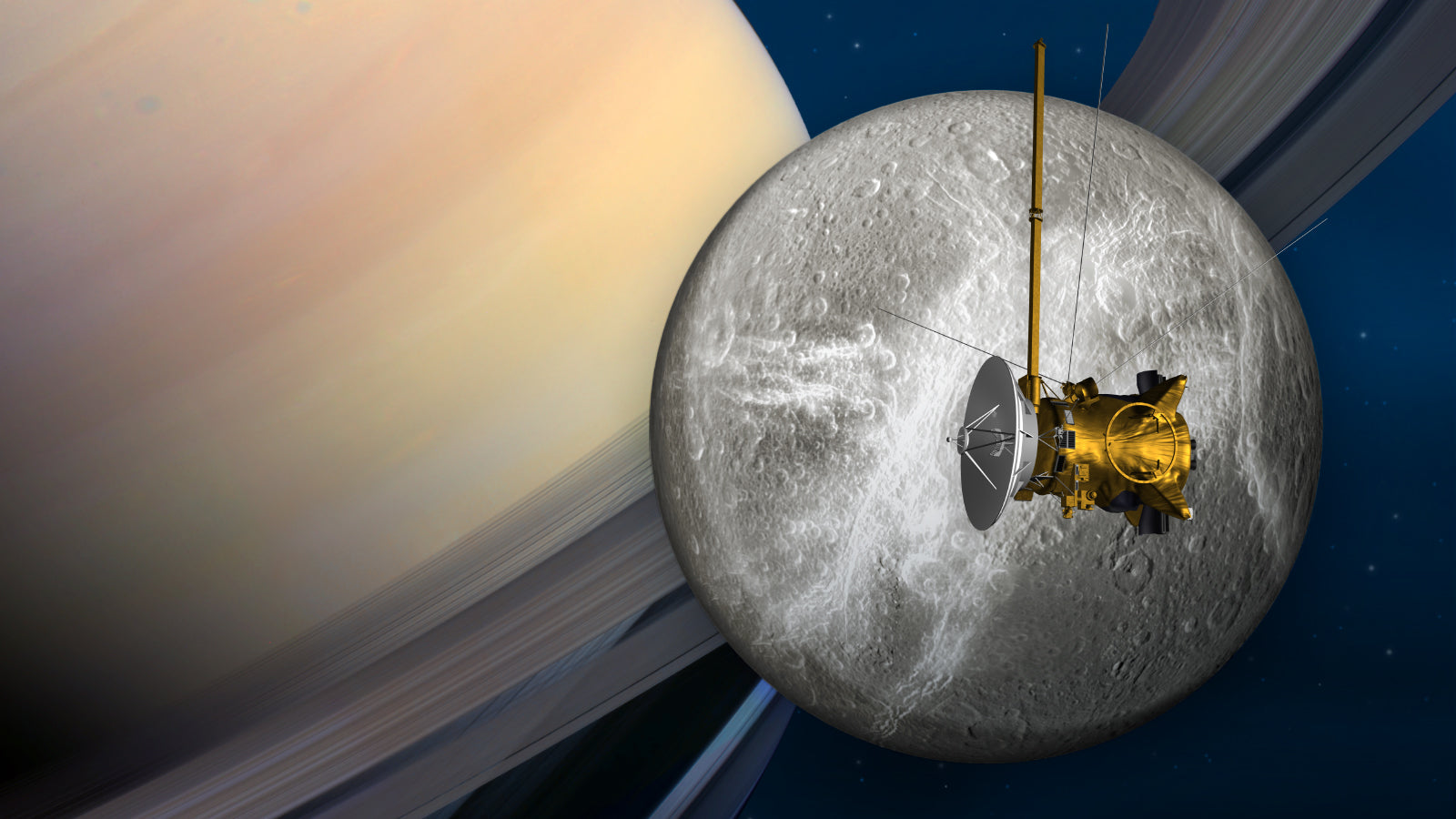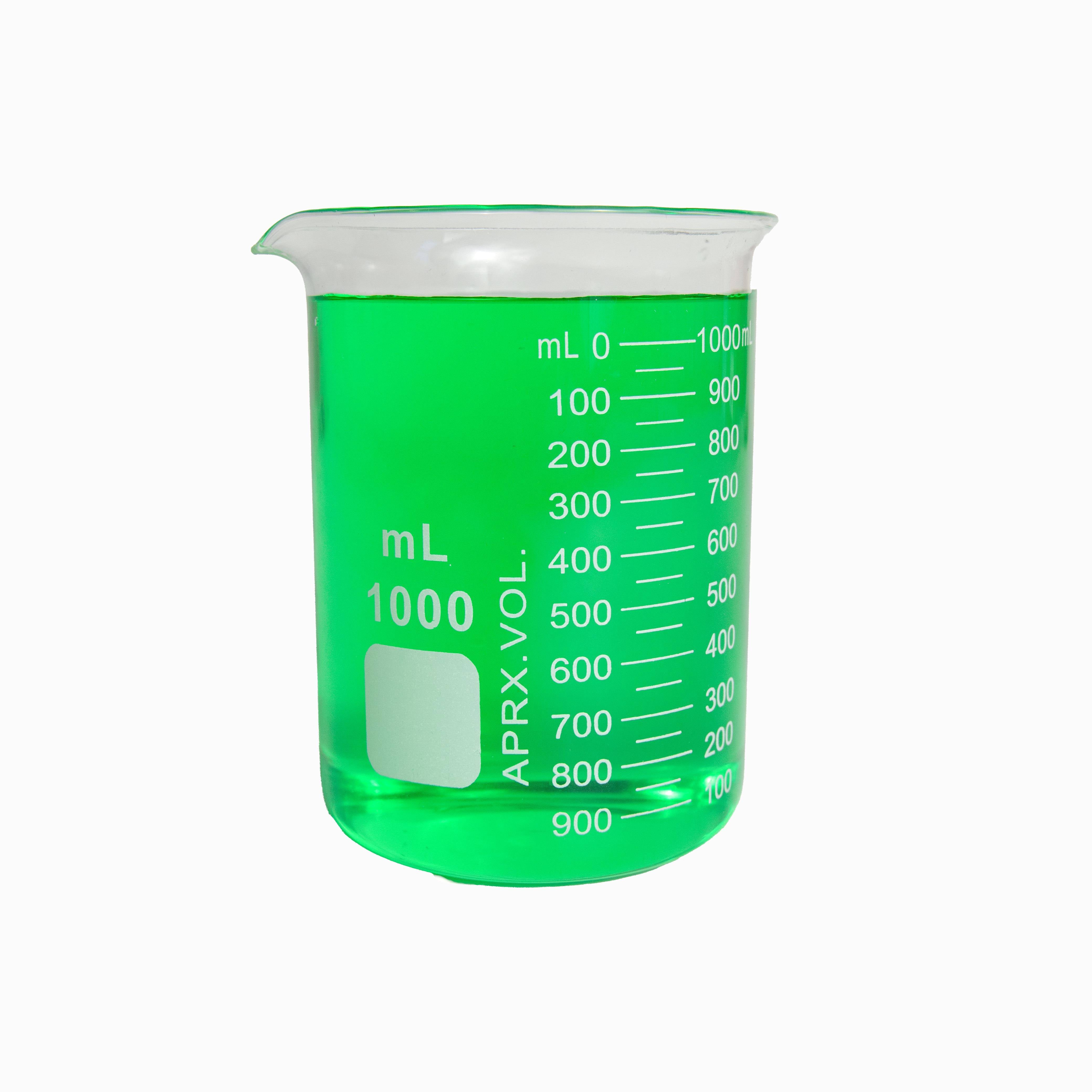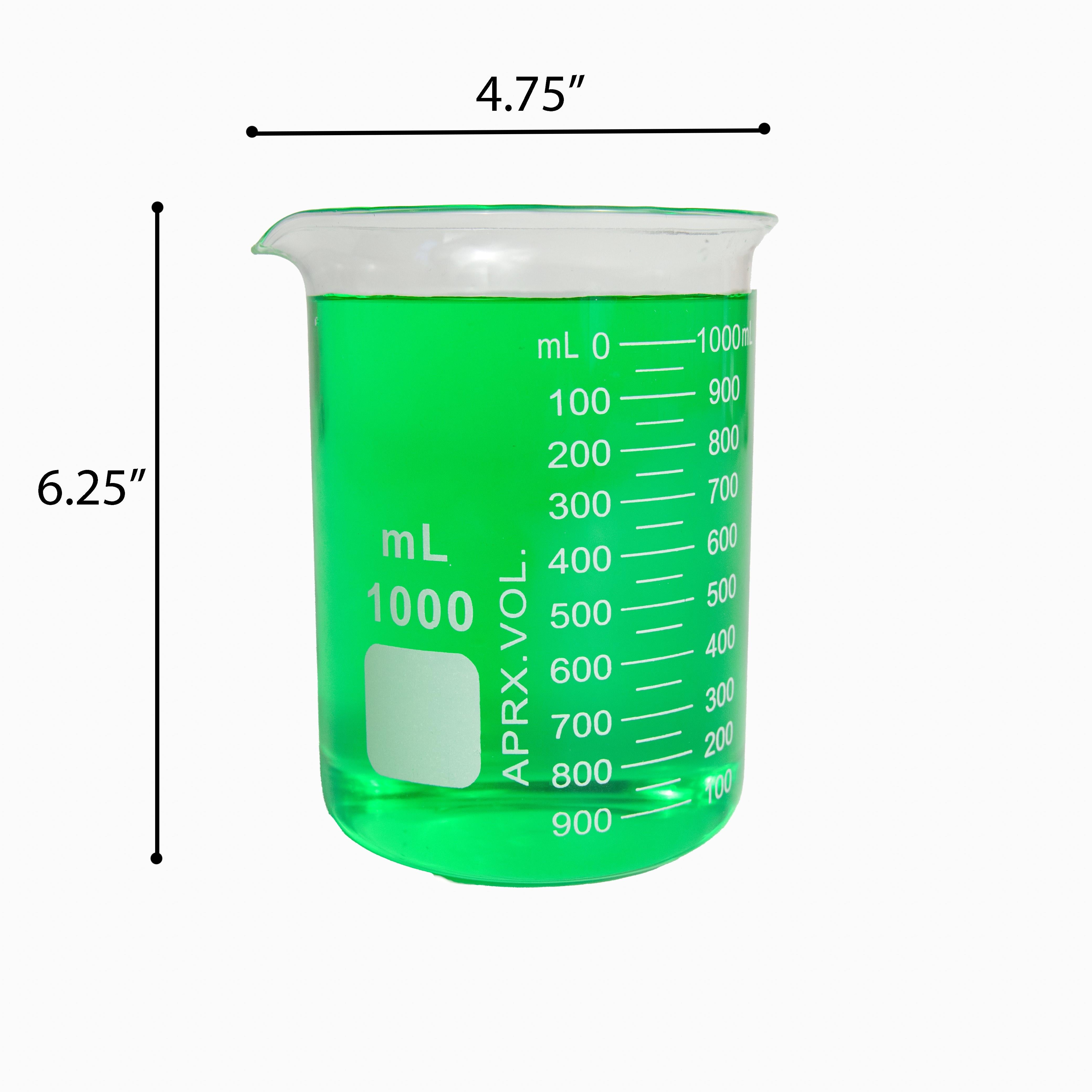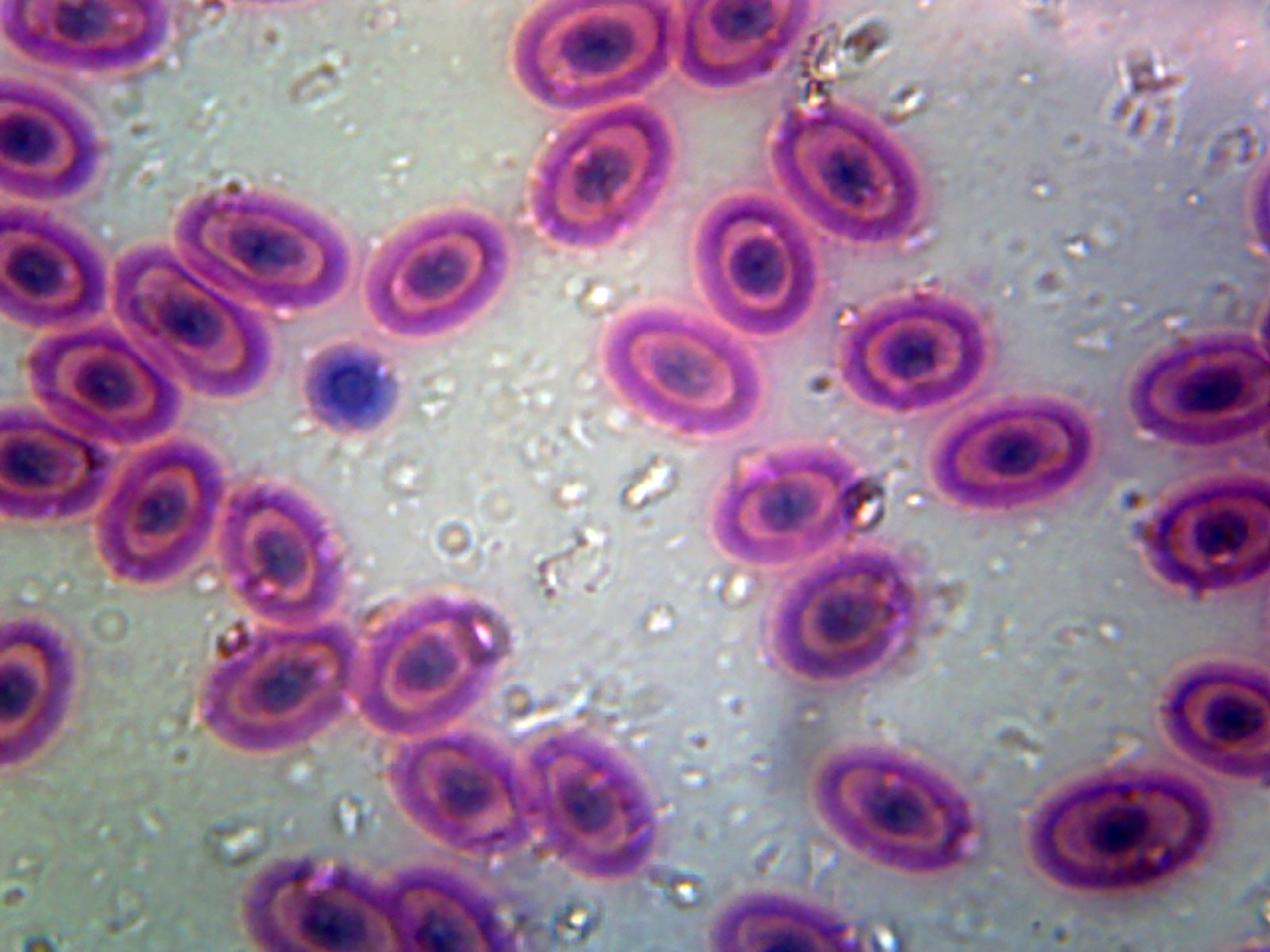We’ve been on a bit of a space kick recently, but, hey, there’s a lot of interesting stuff out there! This Friday, September 15 (about 1 day and 20 hours from now as I’m writing at 11:00am central time), NASA’s Cassini spacecraft will be concluding what’s been coined its “Grand Finale.” It will begin its final approach of Saturn then, this time on a direct collision course with its atmosphere where it will relay data back to us for as long as its antenna can point towards Earth before burning up like a meteor. These images will begin pouring in Thursday night until around Friday morning when the antenna lose sight of Earth, though rich data will be streamed throughout Friday all the way up until the spacecraft breaks connection with us and disintegrates in the atmosphere. You can check out NASA’s coverage of the event on their live stream page or learn more about the entire Cassini mission on its own page.
To catch you up on the event, I’ve provided some information on the mission below:
- The Cassini-Huygens spacecraft was launched on October 15, 1997. It's planning and construction were a collaboration project between NASA, the European Space Agency, and the Italian Space Industry.
- It took 7 years for Cassini-Huygens to reach Saturn.
- On December 25, 2004, the Huygens portion of the spacecraft separated from the orbiter to land on the moon Titan on January 14.
- Since Huygens separated, Cassini has been observing the rings, moons, and planetary atmosphere of the Saturn system. It has been in orbit around the planet for the last 13 years.
- The craft has nearly spent all of its fuel, which lead NASA to decide that it was time to begin its Grand Finale and get disposed of on the planet.
- Crashing the craft into the planet rather than leaving it to orbit indefinitely was decided upon to eliminate the risk of it crashing into one of Saturn’s moons (such as Titan) and contaminating their mysterious “prebiotic” chemistry.
- The information from this Grand Finale will include exciting, close-up images from the last 22 daring orbits between the planet and its rings, detailed maps of the planet’s magnetic and gravitational fields, more information of the mass of the rings, ice samples, and more. This information is exciting because it was too risky to carry out these tests earlier, as we didn’t want to possibly harm the craft and prematurely end its mission.
I hope you might enjoy the conclusion of Cassini’s Grand Finale. This craft has been in flight nearly my entire life, so it’s kind of strange for me to hear of its end. The data collected during this finale will be the culmination of decades of hard work, dreams, and funding, and is a testament to the power of human intelligence and collaboration. Sit back Thursday night or Friday day, and watch as one of NASA’s crowning achievements writes its final chapter.
Written By: Jacob Monash












1 comment
Mike Hunt
Hey! Me again! Do you think Cassini cried a last goodbye as it hurtled towards its demise? Just kidding! It’s just a hunk of junk metal! Anyway, do you know how long it would have taken Cassini to get back to earth considering it still had fuel and used the Simms Orbital Redrection Method? It’s kind of like a hypersonic sling shot if you will…created by the one and only “Scoobie” Simms as he sat thinking one wet, rainy day. Till next time!